EVORA
Hotel Dom Fernando
And then we arrive in busy Evora
– which is clearly a busier city – there are a lot of cars!!!! Everywhere. We
did find the hotel but couldn’t figure out where to park so after a circle
around a block we parked in which we thought is an empty lot – but it is the
parking of the hotel (ok a bit rough) . A perfect room with pool view on ground
floor and an outdoor balcony: a perfect spot to relax.
After coffee we headed quickly
into town in hope to find a bakery – which we didn’t – as the bakeries we found
on google only sold cakes and coffee… that means we are on the way to Lidl and
his fresh bakery for some good buns. Back at the hotel – we relax on the
balcony – have our supper with a view and a super relaxing evening.
Dust from the Sahara
We woke up again to the smoke
and yellowish color and we found out this is the Dust from the Sahara. We
learned it happens normally once a year mostly in summer, never in winter
(except now) – and not this extreme. And this is why this morning our car is
covered in a reddish dust – and yesterday the air looks so spooky yellowish
(like when you have the smoke from the wild fires).
- The news says a huge dust storm from the Sahara, mostly in Spain – but it reaches as far as the Netherlands and western Germany and France
- It normally happens when there is a low-pressure system over Algeria and Tunesia which gathers up dust and carries it north to Europe
- It is advisable to wear face masks in southern Spain because of the air quality
- It started on Tuesday and is the 3rd one this year
Storks in Portugal
As we drove towards the
megalights – we suddenly saw stork nests and storks – we stopped and to check
them out. It is really cool to see them.
Why are there so many
Megaliths here??
- a megalith is a large stone they used to built old pre-historic structures either alone or together: yes, everyone knows about Stonehedge – but did you know that there are over 35.000 in Europe??? And we visit 3 of them today
- the word was first used to describe Stonehenge in 1849 and comes from an ancient Greek work
- most were erected in the neolithic period, which means the New-stone-age: it was leading up to the Bronze Age: in Portugal this was sometime around 7000 BC
- A Menhir: is a single upright stone also called the standing stone
- A Cromleche: is a stone circle
- Dolmen: are stone slabs like the tomb or single chambers
- Very typical for this area are the abundance of granite boulders – making it maybe easier to built them??? Even if they only needed to be transported a few hundred meters how did they do it: they think it was done on wooden logs and with levers
- So is the shape a natural shape or man made? It is thought that it was from natural erosion and that the people selected the stones depending on the shape they needed
Menhir (or standing stone of)
dos Almendres
We drive out of town and then
comes the turn off with some gravel road – after a while we see a parking lot
and that is where our short walk starts between two fences until we end up at
the Menhir dos Alemndres:
- A 10ft high stone – which lines up with the cromlech at sunrise on Summer soltice
It is kind of cool to touch a
stone someone put up 7000 BC – which was 9000 years ago and you wonder what
they used it for and how they did it. (By the way all explanations we read are
more or less guessing games)
Admiring the Cork trees
As we drive along, we see all
the cork trees and once we stopped at the parking lot we had a closer look at
them, they are super cool to look at. The tree looks kind of twirly and the
bark is really rough – who did come of the idea that you can make cork???
A Cork tree??
- Cork is used to create bottle cork stoppers and cork boards
- It comes from the bark of the cork oak: a 30 ft tree with a knotty trunk
- After 25 years the tree is old enough to harvest: they strip the outer bark leaving a wound of red-colored blushing inner bark, it takes 9 years for the bark to grow back and then it is harvested again (By the way we were wondering what the number means on the tree and read later that is when it was harvested: so 6 means it got harvested in 2016)
- A cork tree can produce for more than 100 years
- After harvesting the barks is boiled to soften up and then flattened
- Portugal produces more than half of the World’s supply of cork (with Spain and North Africa making up the rest
- By the way the cork tree is the national tree of Portugal – an it has legal protection, it is not allowed to cut on
- It is also natural resistant to forest fire, can insulate, you can always re-use it
Cromleche/Cromeleque dos
Alemndres
Once we arrive it nearly blew
our mind – all those big roundy/oval boulders – they say it is in a huge ovale
circle – it’s a big complicated to see – but it is overall spectacular. We also
checked out some a bit closer and I think we discovered some of the carvings on
them. Question: are they now gravestones? Were they used for any religious
ceremonies??
- we didn’t count but they say there are 95 of the granite stones here: it is the largest one on the Iberian Peninsula
- it is the oldest Cromleche in Europe from 7500 BC – they say they functioned as a celecstial calendar, but it is not clear
- they are on an eastern slope so it’s likely related to the sun and moon movements: which makes them think that it could have been a sacred place – as well the carvings in them may give them a sacred meaning
- it got discovered in the 1960s and most of them were fallen to the ground, after archaeological research they put in the current positions in the 90s on how they thought they should have been at one time
Once we left and drove through
the town and saw a super cute little old Renault oh and let’s not forget we
also stopped at a tourist info for the megaliths and got a lot of info to read…
now we are experts on the old stones
Fun on the road
Ok, so this time it’s only 1 km gravel
– no big deal right!! Except it started out with big water puddles in the road
and we don’t really have a 4x4… but it was not problem – and I mean we need
some fun for Paul correct!!!
Anta Grande do Zambujierio
And there is a parking lot at
the end – to go to the “stones” we had to go through a gate which protects them
from the animals:
- those are one of the largest Dolmen in the world: it has a burial chamber like they built them around 3200 BC (same time as the Pyramids and Stonehenge) was built
- for building they used ramps, wooden levers and rolling logs: it still was an incredible planning and exact move to install those huge slabs
- originally, they were covered by an artificial hill of earth and stones called tumulus: this is why they are still conserved
- the local shepherds and residents always knew about the stones, but only in 1964 it got identified for its archaeological value, they excavated it, but the exposure to the elements leads to an increase degradation
- the corridor faces east, during spring equinox the rising of the sun illuminates the corridor and the chamber
- it is thought that they believed in an afterlife because ceramic vessels and food, tools, necklaces and weapons were found with the bone remains
- from the engraved plates they found, likely over 100 were buried here
we walked towards it and could
only look: a corridor of big stones and once we started to walk around you
could see those gigantic stones: but only when we could peck between the stones
inside the chamber, did we realize on how gigantic those stone slabs really are
and how huge that chamber is. It is mind blowing. As the covering slab of the
chamber is broken behind it: we could stand on the mound at the top and stare
down, then when peaking in from the side halfway down: it looks even more
gigantic. The top slab is gigantic and once you walked around and realize it
all you can see the 2 other slabs which also covered once the corridor. This is
one huge and unbelievable sight.
On the drive out we saw more big
stones under a tree: you think there is another Anta???
As well we had to make some
pictures when Paul drove through those dirty water puddles: no I don’t think
our car got cleaner driving through the puddle!!!!
The Chapel of the Bones –
Capelo dos ossos
After a coffee we headed into
Evora and the first on our list was the Chapel of Bones:
- the chapel has the bones of 5000 monks tightly cemented into the walls. They were unearthed from various churchyards
- it was the work of 3 monks who were concerned about society’s value at the time: they thought this would provide the people of Evora a helpful place to mediate on the transience of material things in the undeniable presence of death.
- The bones of the 3 monks who founded the church in the 17th century are in a small white coffin at the far end of the bone chapel: this was the first chapel of the bones in Portugal and they became popular to encourage reflection on the transitory nature of life
- The chapel is dedicated to the cult of the souls of Purgoratory
- The message above the door means “We the bones that are here for yours we are waiting”
You come in and it is huge – and
the whole walls and columns are covered in bones – even the paintings in the
ceilings have skulls painted on them and are surrounded by skulls. It is kind
of weird and I’m not sure if it is really a good place to meditate.
La Igreja and Museum of Sao
Fransisco
Part of the entrance fee for the
chapel of the bones was the museum & the church and so we went through it:
it was kind of interesting as they had several statues displayed and also some
paintings – not really our style, it is still interesting to see what they
believed in that time. But then you also realize on how important the church was,
when you see “crowns”.
We had to go outside via a
balcony – that is when Paul said “did you hit your head” and I couldn’t figure
out what he meant, until he told me to stand in the doorway :see there I can
fit, but Paul not. Up there was the exhibition of nativity scenes: ok so there
were so many different styles – some really weird.
Igreja de Sao Fransisco:
- The Fransiscan order arrived in Evora in 1224 and they built the church and the cloister, the current church got built in 1510 when the kings wanted a bigger church here: several kings were involved in its building
- In the 18 century it got popular for wealthy families to buy fancy chapels
This is one exceptional church:
you come inside and the plain stone work gives of the calm: but as you walk
along you can see lots of chapels on the side each one is super elaborate, some
with lots of gold, some in baroque – each is unique and each is spectacular to
look at. As the church itself has the beautiful stonework – it really is a
church that will stay in our mind.
The Oracao de S Fransisco
de Assis
- Lord make Me an instrument of Your peace
Where there is hatred let me sow love.
Where there is injury, pardon.
Where there is doubt, faith.
Where there is despair, hope.
Where there is darkness, light.
Where there is sadness joy.
O Divine master grant that I may
Not so much seek to be consoled as to console
To be understood, as to understand.
To be loved. as to love
For it's in giving that we receive
And it's in pardoning that we are pardoned
And it's in dying that we are born...
To eternal life.
Let’s explore Evora:
- Here were first the celts until the Romans came here in 59 BC: to the romans it was an important town because of the wealth of wheat and silver and its location on a trade route to Rome
- After the Moors the city was taken back by the Christian Knight Giraldo Sem Pavor (Girlado the Fearless)in 1165: who took the city single handed: it is told that he stormed one of the town’s watchtowers by climbing up on a ladder of spears driven into the walls: from there he distracted municipial sentries. As a thanks he was made the governor of the town and his coat of arms: is a knight on a horse walking over two beheaded Moors.
- It has a wall going around the whole old city (and yes, the houses are white and the streets are cobble stones) is from the 14th century
- Interestingly Gine read that in the old times it was believed that the bible prohibited Christians from charging interest for loans: the Jews did all the money lending instead and had their own Jewish quarters here.
On the Streets of Evora
Praca do Giraldo: a
beautiful cobblestoned plaza with a marble fountain (by the way the water in
the fountain comes from the Aqueduct), an yes, it is named after the conquerer
Giraldo. The trees here are Jacaranda and got imported from Brazil 200 years
ago.
Arco Romano de Dona Isabel :
as we already read about the old romans here – we walked through 2 old arches
which are still left from the Romans – one was ones the main gate into the
town: and as per guidebook the stones we walk on there are still from the
romans.
Terman Romanas: once we
arrived at another cute old plaza we saw the huge town hall and as per Gine we
walk in and to the right there is an old roman baths: and see there it is –
that is so cool. I mean you renovate the townhall (that was in 1987) and then
discover suddenly a roman bath!! And when looking closely you could imagine
some paintings on the walls.
Jardim Diana: after a lot
of more narrow cobblestone streets – a car who likely parked a bit too long we
came to the Jardim Diana: which Gine thought is funny, as they decided the
roman temple is dedicated to the goddess Diana. From here we had a cool view on
the town as well when looking down we saw some cool hedges: wouldn’t it look
cool to have our like them? They even planted Giraldo’s coats of arm.
Roman Temple: I’m not so
sure if Paul was super impressed with the columns from the 2nd
century – but then it was once a Roman Forum – isn’t it cool when you have history
of so many different times in one point.
- They think it got preserved because the temple was walled up in the middle age to form a small fortress and used as the town’s slaughterhouse (really!!!) – and it only got uncovered in the 19th century
Tribunal of the Inquisition: ok
so there is not a whole lot to see, but it is kind of an interesting history:
- This was the first of four headquarters of the Inquisition
- Thousand of innocent people many of them jews were tried and most were found guilty of crimes against faith
- Punishments was anything was whipping, imprisonment, banishment, slave labor or death by burning on the main square: the first person killed during the inquisition was in Evora
The Cathedral Se: was our next
stop – as they wanted entrance fee and we already saw so many churches and will
see so many more we decided it’s nice from the outside. Now it was time to head
back after lots of walking and Paul patiently listening to Gine talking.
And let’s not forget the Circus
is coming to town: only we will be gone by then – what a shame!!! We saw the
trucks and they are setting up right near our hotel.
Emirada de S.Bras: right
across from our hotel is this yellow “Palace” – Gine said she needs to check it
out – and see there it is another chapel from 1480. I think every time you are
not sure what you are looking at it’s likely a church or chapel or monastery.
It is Pizza night
After all the work – we decided
it’s Pizza night and who would believe it, Evora has a Mall with a food court
and there we got a super yummy pizza.

 Evora, Évora District, Portugal
Evora, Évora District, Portugal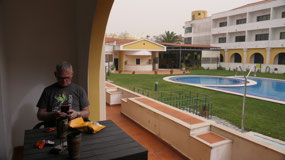
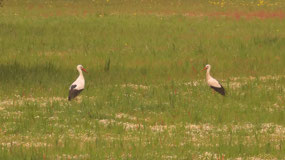
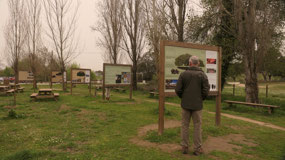

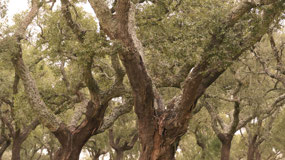
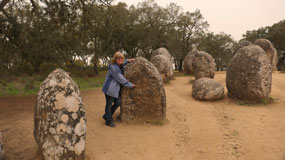
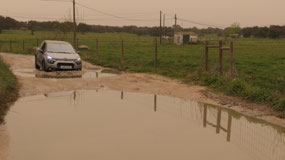
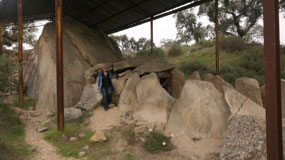
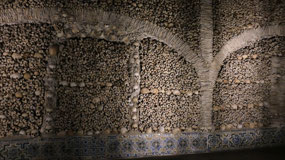
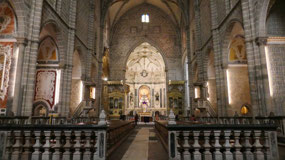
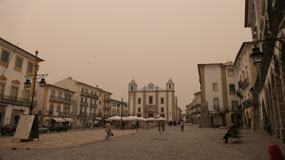
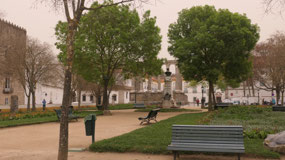
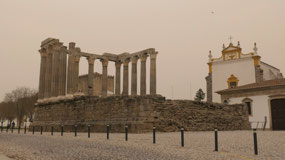
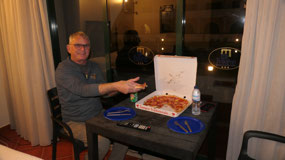



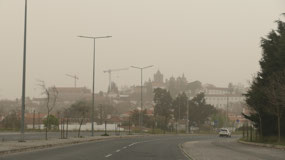

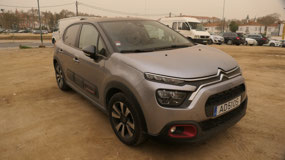
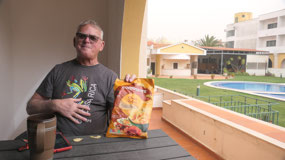
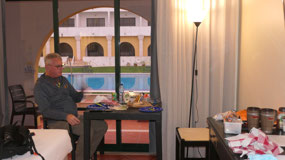
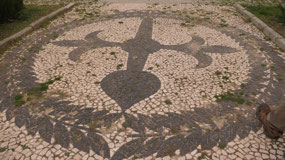
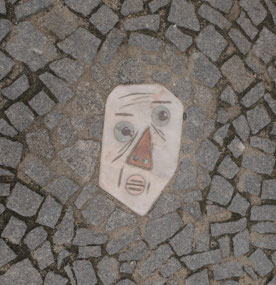
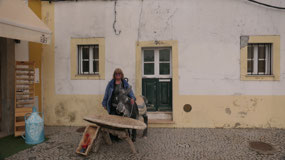
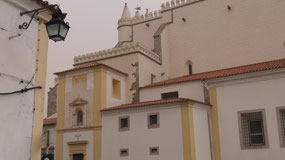
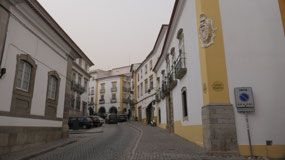
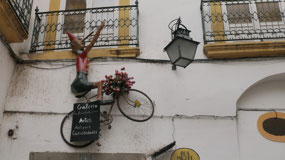

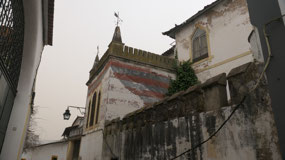

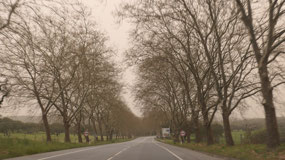
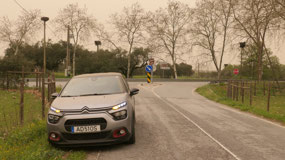
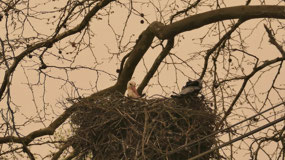
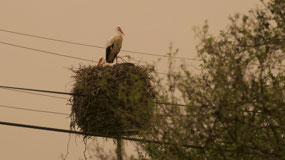
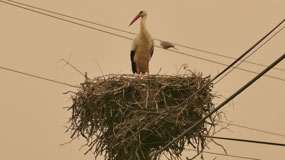
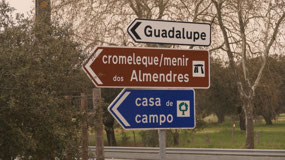
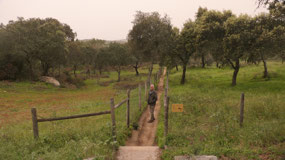
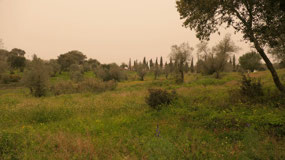
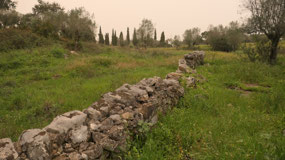
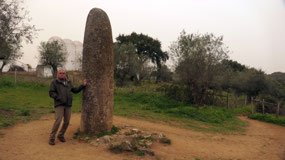

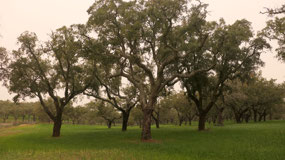
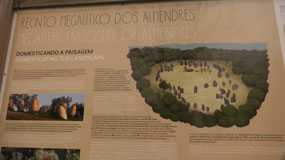
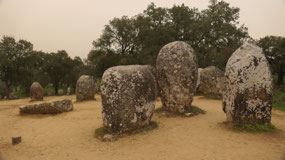
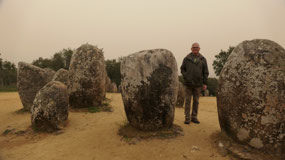
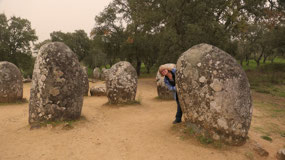
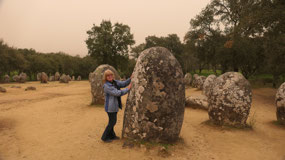
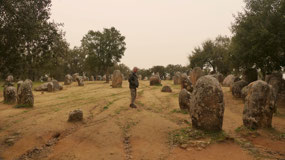
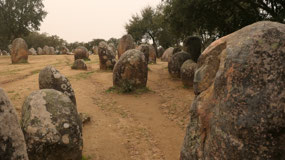
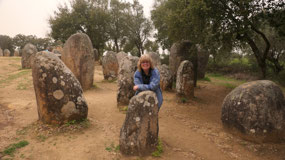

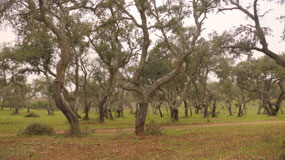
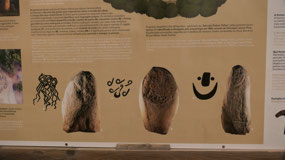
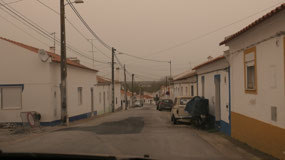

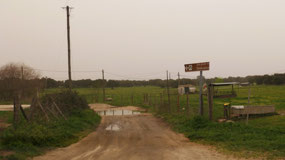
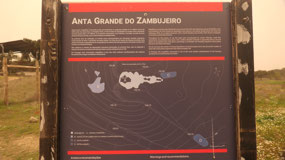
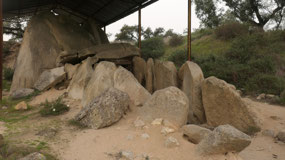

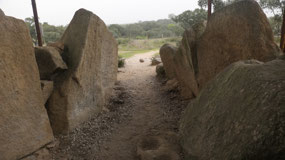
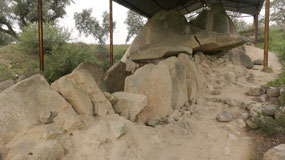

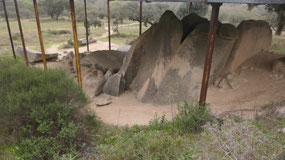
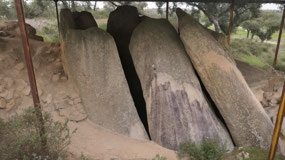
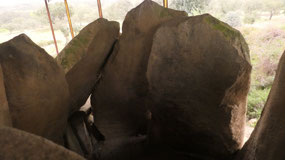
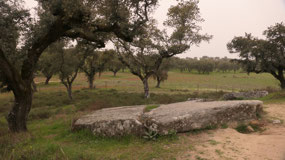
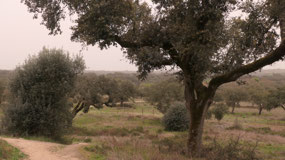
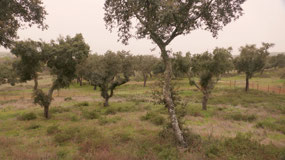

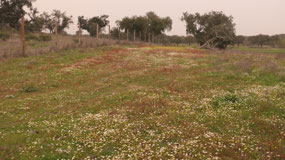
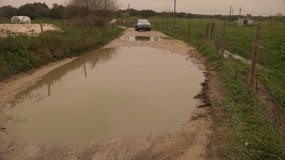
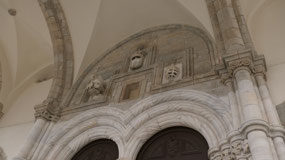
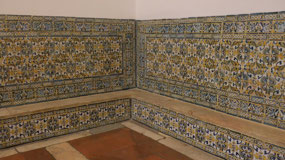
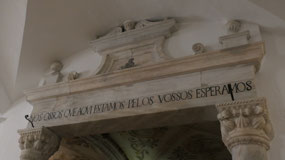
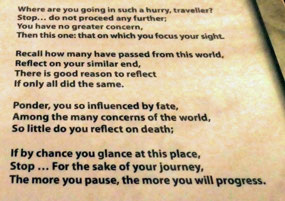
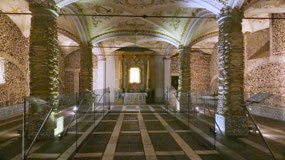
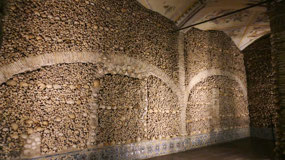
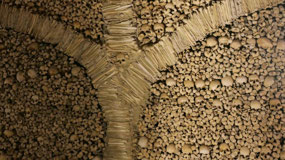
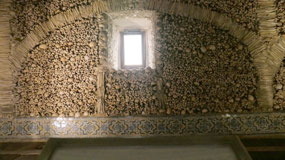
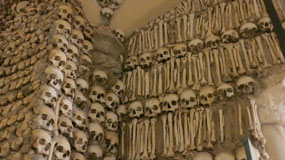


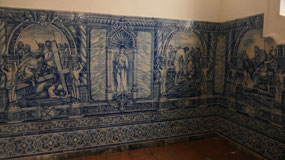
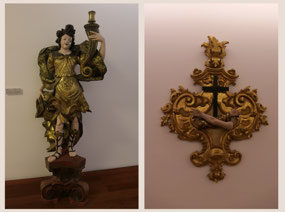
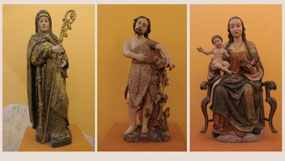
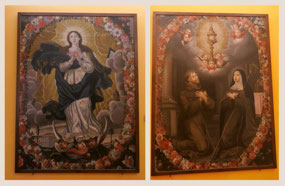

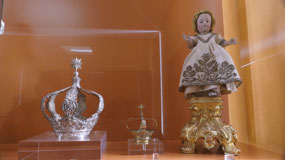
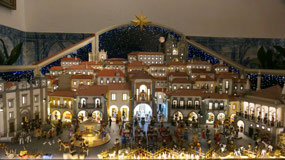
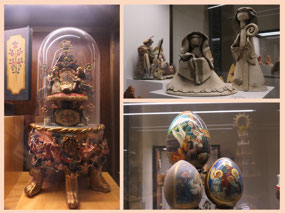
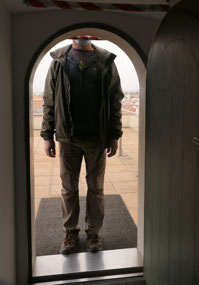
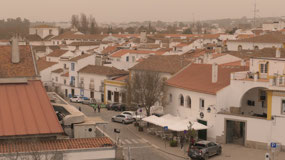
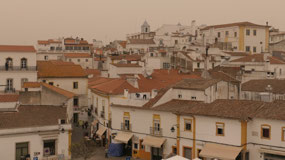
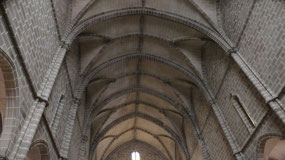
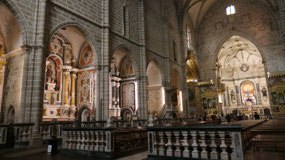
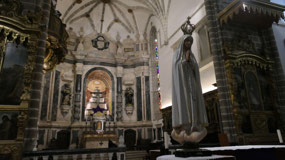
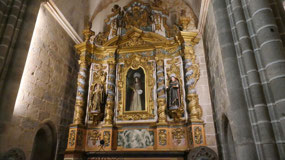
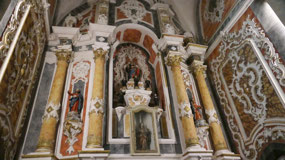
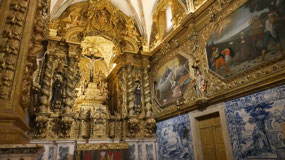

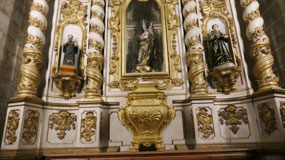
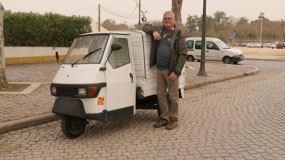
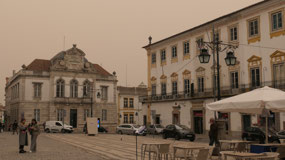
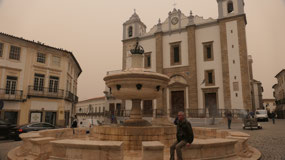
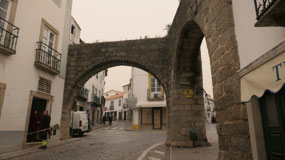
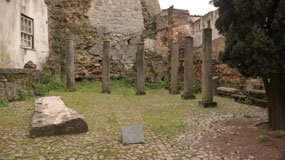
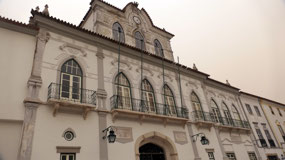
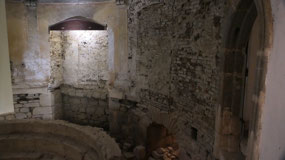
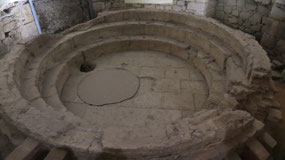
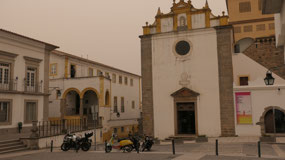
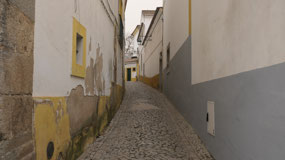
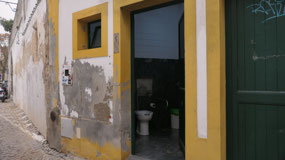
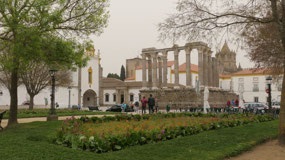
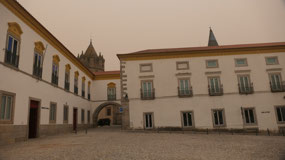
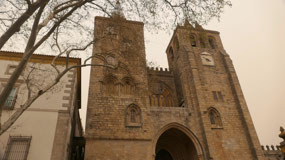
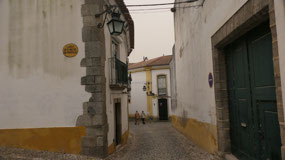
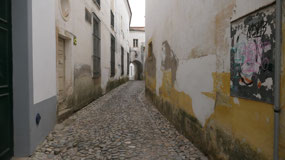
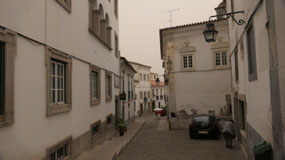
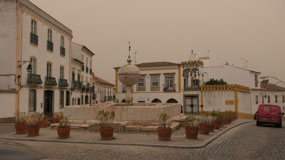
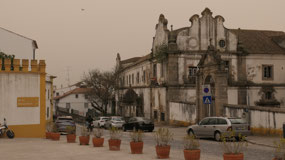
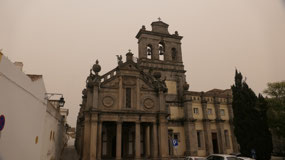
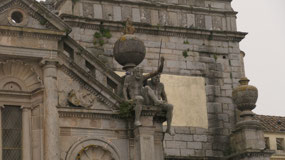
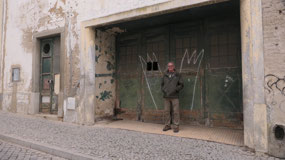
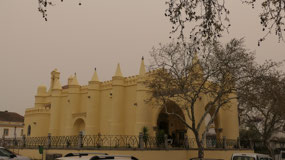
2025-05-22